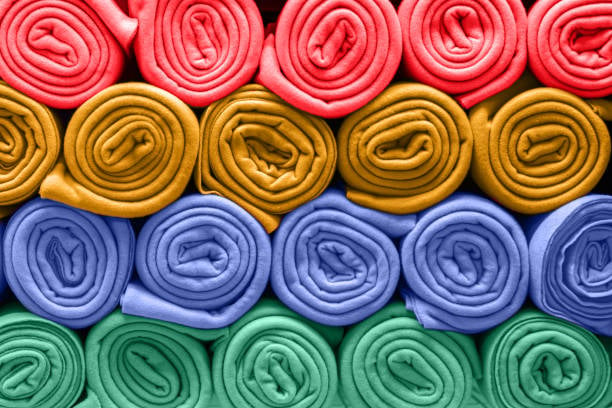Table of Contents

Introduction:
Fleece fabric, with its soft touch and insulating properties, has become a ubiquitous material in our daily lives. Despite its widespread use, many may not be familiar with the intricacies of this versatile fabric. In this exploration of "What Is Fleece Fabric?" we delve into its origins, characteristics, and the myriad ways it enhances our clothing, accessories, and even outdoor gear.
A Brief History of Fleece:
The term "fleece" originally referred to the wool sheared from sheep, but the modern fleece we know today is a synthetic alternative. Developed in the late 20th century, fleece fabric was initially created as a more affordable and animal-friendly option compared to traditional wool. Polyester, often derived from recycled materials, quickly became the primary component of fleece, allowing for the development of a lightweight, warm, and soft fabric.
Key Characteristics of Fleece Fabric:
-
Softness: Fleece fabric is renowned for its luxurious softness. The fibers are intricately woven or knitted, creating a plush surface that feels gentle against the skin.
-
Insulating Properties: Despite its lightweight nature, fleece provides exceptional insulation. This makes it an ideal choice for cold weather clothing, outdoor gear, and cozy blankets.
-
Lightweight and Breathable: A notable feature of fleece is its lightweight composition. This quality, coupled with its breathability, ensures that fleece garments are comfortable and versatile, suitable for various weather conditions.
-
Quick Drying: Fleece has excellent moisture-wicking properties, meaning it can efficiently draw moisture away from the body. This quick-drying characteristic is particularly advantageous for outdoor enthusiasts and athletes.
-
Durability: Known for its durability, fleece withstands the test of time and retains its softness and insulating properties even after repeated use and washing.
-
Versatility: The versatility of fleece knows no bounds. From jackets and vests to blankets and accessories, fleece is a staple in a wide range of products, offering both functionality and comfort.
Exploring the Manufacturing Process:
Fleece fabric is typically produced through a process known as "knitting" or "napping." During this process, the fibers are either woven or knitted, and then brushed or sheared to create the characteristic soft surface. The manufacturing process also allows for variations in thickness, catering to different needs and climates.
Conclusion:
In conclusion, understanding "What Is Fleece Fabric?" unveils a world of comfort, warmth, and versatility. This synthetic alternative to traditional wool has not only revolutionized the textile industry but has also become an integral part of our daily lives. Whether you're bundling up in a fleece jacket during the winter or snuggling under a fleece blanket on a chilly evening, this fabric continues to redefine the way we experience coziness and style. Next time you reach for your favorite fleece item, take a moment to appreciate the ingenuity and comfort woven into its fibers.
